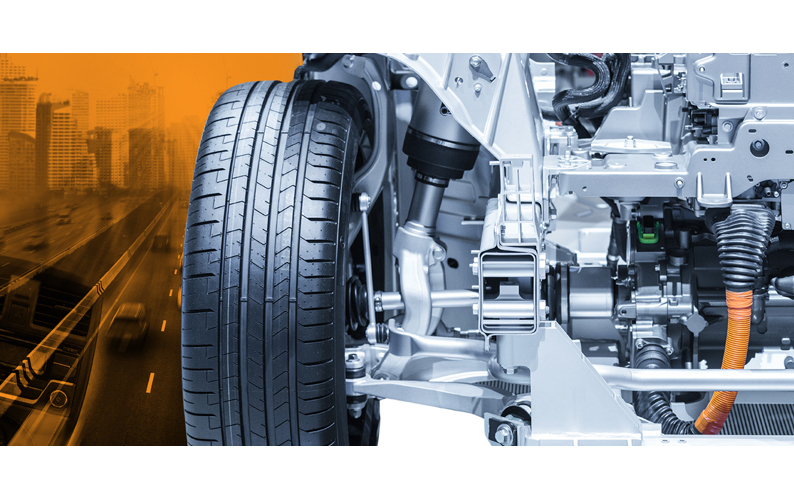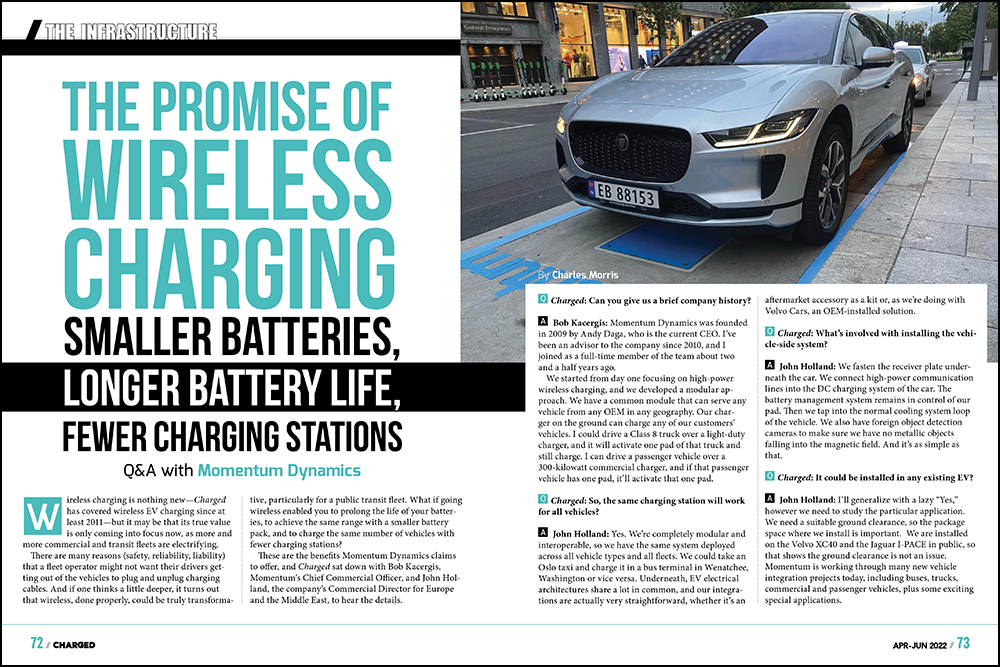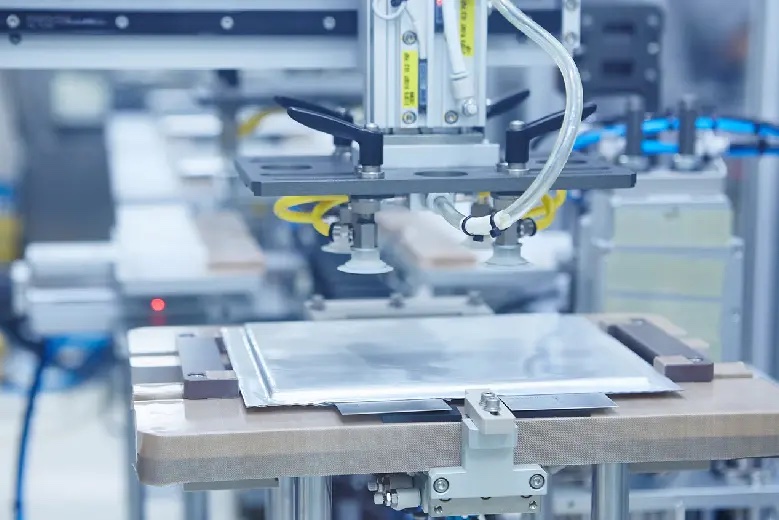[ad_1]
Electric Vehicle Architecture Design
The pace of acceleration in the electric vehicle market has taken consumers and manufacturers alike by surprise. That is largely due to innovative companies and pioneers who have worked relentlessly to mitigate many if not all of the current consumer concerns evolving electric vehicles. These concerns represent some significant engineering challenges, such as extending driving range, increasing vehicle performance, reliable acceleration and decreasing charging time. These challenges all represent higher energy demands and thermal challenges that require innovative solution without negatively impacting safety, reliability and affordability.
A key design element to ensure the continued proliferation of electric vehicles is called skateboard architecture, a design direction that has been evolving for the past 20 years. Skateboard architecture enhances vehicle platforming, allowing original equipment manufacturers to achieve the necessary economies of scale and manufacturing strategies like automation that will ultimately drive EV costs lower than equivalent internal combustion engine platforms. It also provides vehicle designers with more flexibility to create design elements that enhance the consumer experience with their vehicles. These include innovations in miniaturization and balancing control of vehicle weight and cost as well as connectivity that will help automotive system architects achieve scalability and durability without sacrificing cost and packaging size.

Charging innovations and technologies also help enable fast vehicle charging. Critical electric vehicle connections connect the power from the grid to the battery and from the battery to essential systems within the vehicle. One unique connection system technology provides scalability to support ever-evolving vehicle demands by facilitating various cable types – copper or aluminum, round or flat and standard or solid cabling. That scalability allows manufacturers to support the increasing demands on the powertrain and charging systems without sacrificing packaging space.

STACK SYSTEM DESIGN
Stack systems provide unparalleled design flexibility for automotive engineers. A stack system doesn’t look much different than the traditional high-power automotive electric connection systems, but at its core is a stack of double-ended fork terminals that are pre-installed and floating independently within the connector housing cavity.
Traditional automotive terminal systems tend to be more complicated – the stack system design eliminates or moves one-time functions to more capable components. This approach ensures no mistakes can be made when it comes to alignment, orientation or partially-installed terminal detection to make sure the terminal is installed correctly into the housing. One of the advantages of this approach is the fact that the terminal can be installed in a variety of different positions and orientations that provides the vehicle engineers with unparalleled versatility.

When it comes to a scalable terminal or connector, design reuse is deployed, but that often doesn’t scale linearly with the power demands, so engineers may have to adjust other feature sets that create a level of complexity. But with a stack system, varying levels of performance can be made out of the exact same die cast with minimal risk just by increasing or decreasing the number of forks in the system. This true scalability greatly reduces the time to market, and the carrying capability is limited only to the size of the cabling technology used in the application. The forks in the stack can be scaled up and down to match the conductivity of the cable, providing a constant flow of current without points of high resistance that create instability in the system.
ADDRESSING ELECTRIFICATION CHALLENGES
Due to the thermal inertia of these systems, large connected systems heat up very slowly and therefore can carry current levels exceeding their steady state current limits for short durations. This behavior can be leveraged for different applications, such as electric vehicle charging that requires high power. However, one risk is overdesigning the system – for example, an 800-amp continuous connection system requires an extremely large cable size and connector system.
The stack system distinguishes itself with industry-leading contact density. Options range from 40 points of contact to 64 points of contact, providing sufficient headroom for vehicle designers and system architects to use a connection system with a very small profile that can handle very high transient loads without sacrificing cost and performance.
FAST CHARGING IN NEXT GENERATION MOBILITY
While necessary for the widespread adoption of electric vehicles, high-speed charging presents a variety of unique engineering challenges. Consumers expect fast, convenient charging similar to filling up at a gas station. This represents some significant engineering challenges for thermal management to limit the surface temperature of touch surfaces and minimize electrical resistance while maintaining efficient and safe vehicle charging.
One key challenge with fast charging is thermal management of the heat byproduct of energy transfer. The heat has a direct negative impact on component reliability by decreasing their service life, so the system must derate in order to keep the system low and able to operate. Risk mitigation methods include heat reduction by managing the electrical resistances in the system, or thermal management technologies such as active or passive cooling techniques.

These mitigation efforts present a lot of opportunity for power losses or additional resistance that can decrease the efficiency of the system. Using a full system analysis helps reveal where and how much heat is being generated throughout the system and where the heat is flowing. Other challenges include limiting the temperature of touchable surfaces to 90 degrees Fahrenheit and reducing mating-induced wear on charging components.
One way to overcome these challenges and improve charging performance is by using plated surfaces to protect the charging inlet contact zone from wear. By using abrasion-resistant contact plating, self-lubrication ensures the ability for the components to withstand 50,000 mating cycles with no contact. Other solutions include active or passive cooled charging plugs that are essential for high-speed electric vehicle charging.
Together, TE and TTI offer a wide range of high-power connectivity products, including high-power connectivity contacts as well as interconnects specialized for use inside battery packs.
Learn more at:
https://www.tti.com/content/ttiinc/en/manufacturers/te-connectivity/campaign/te-hv-terminal.html
[ad_2]
Source link




